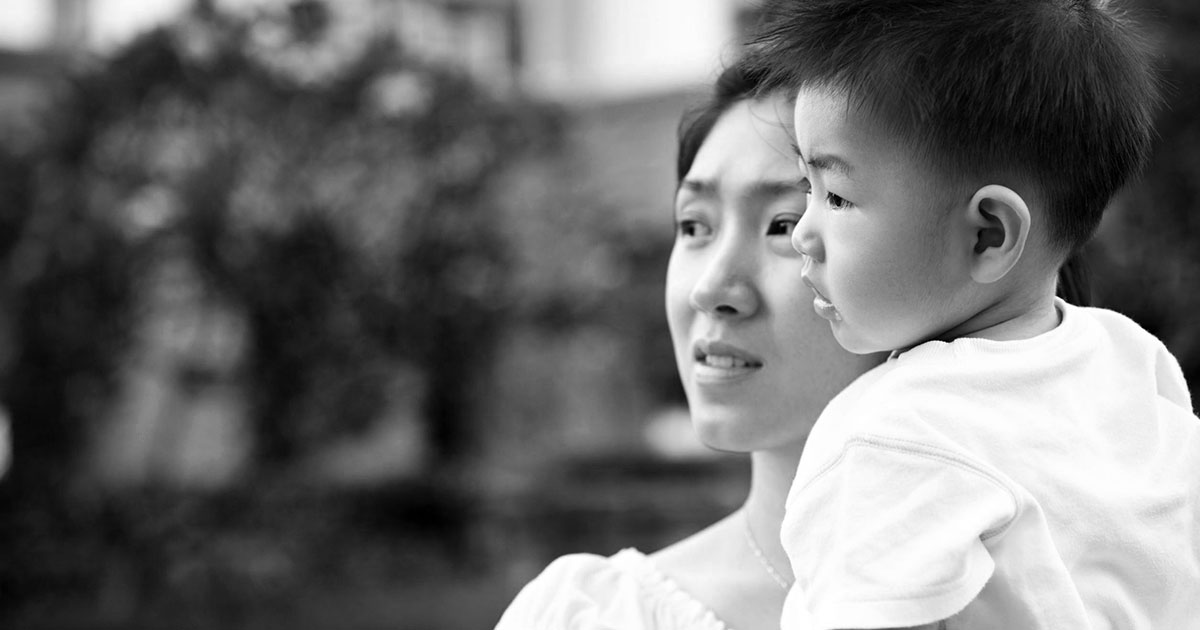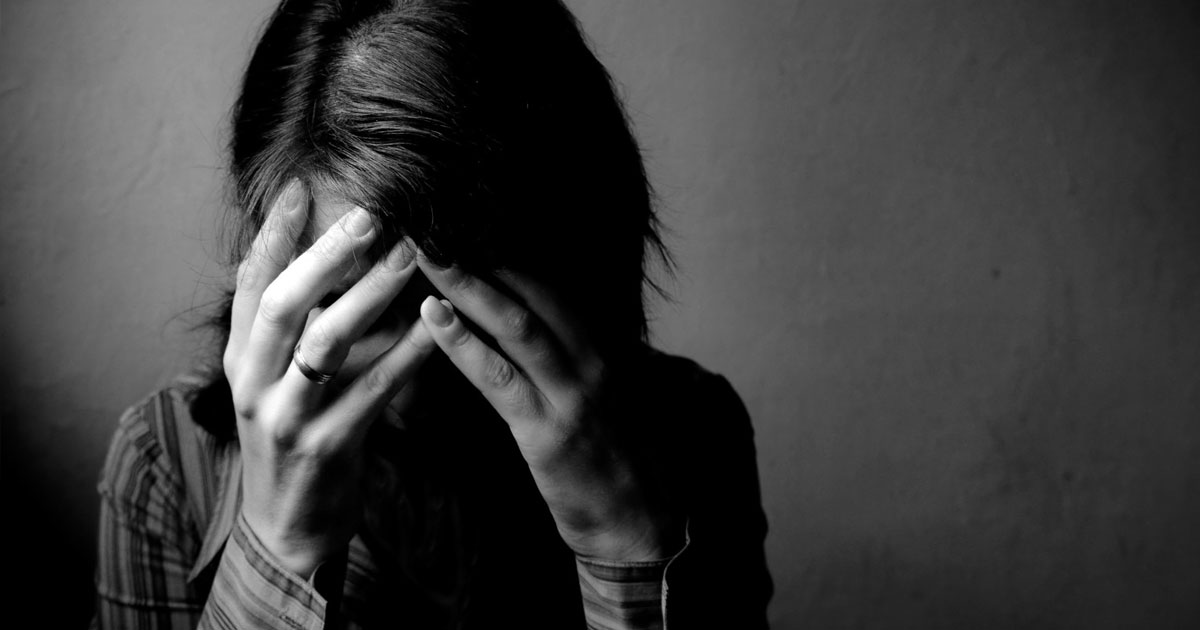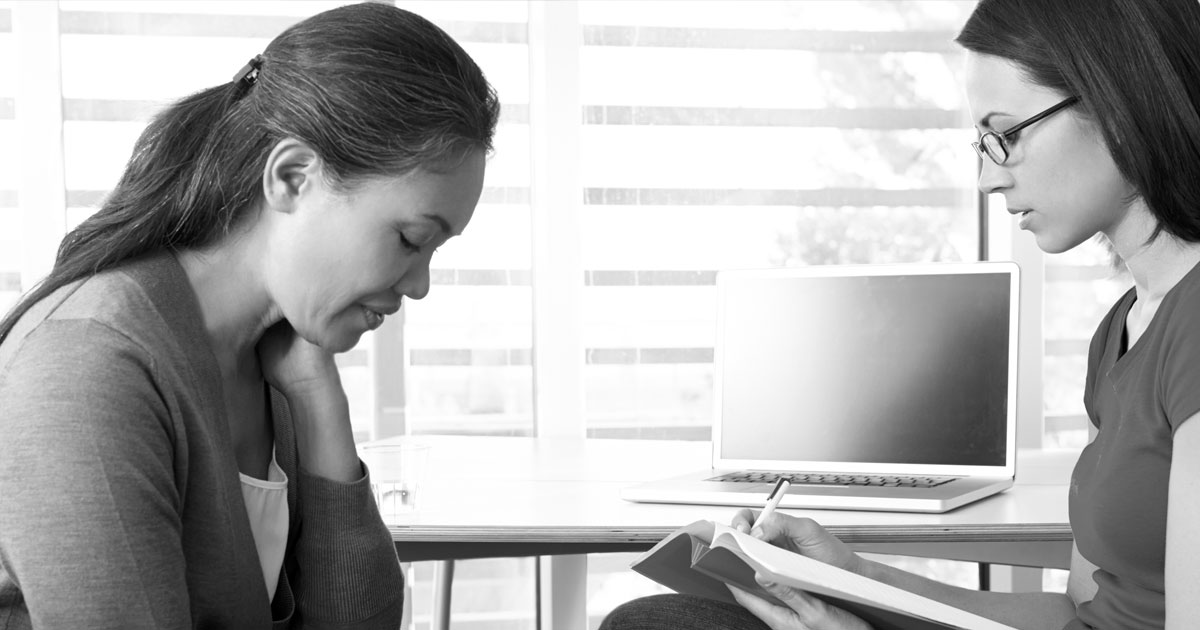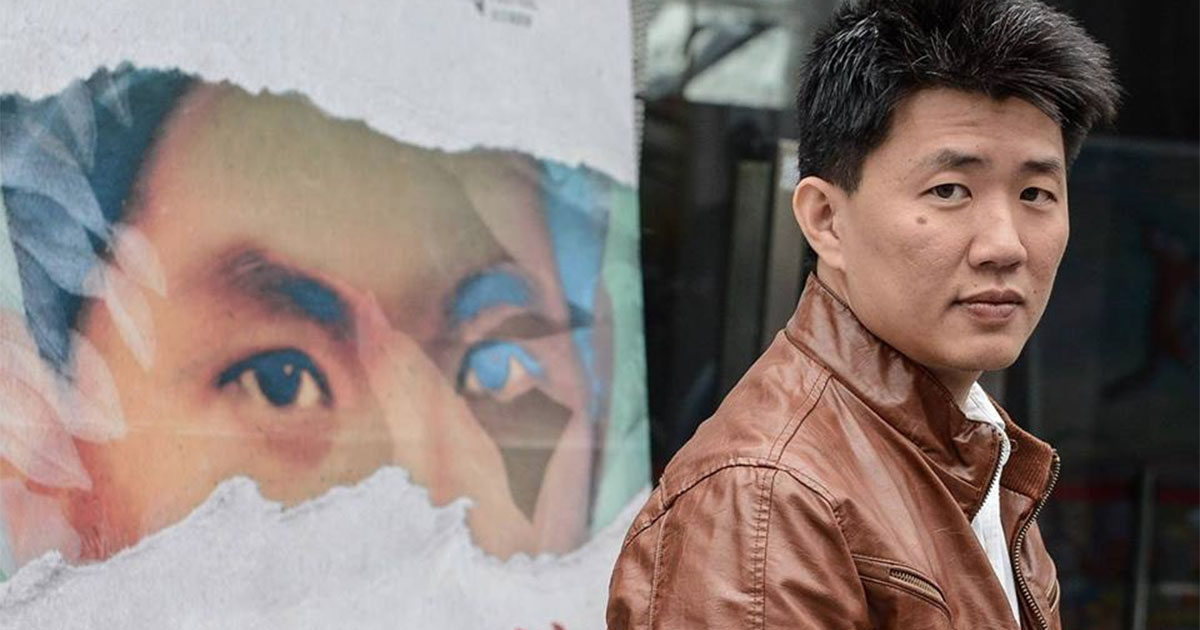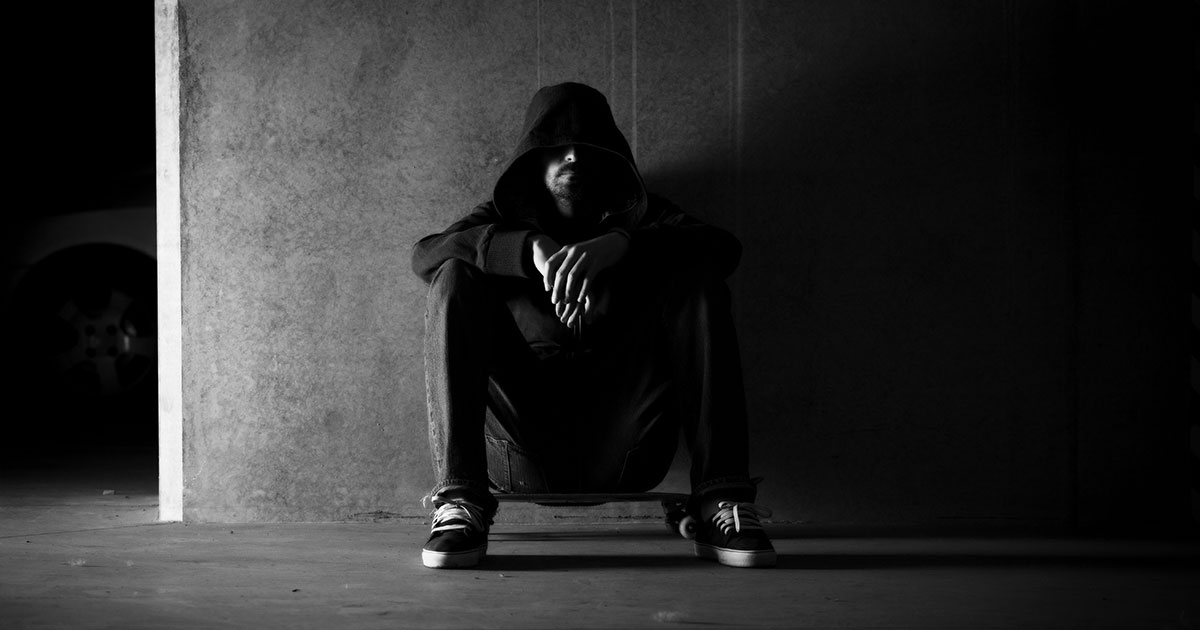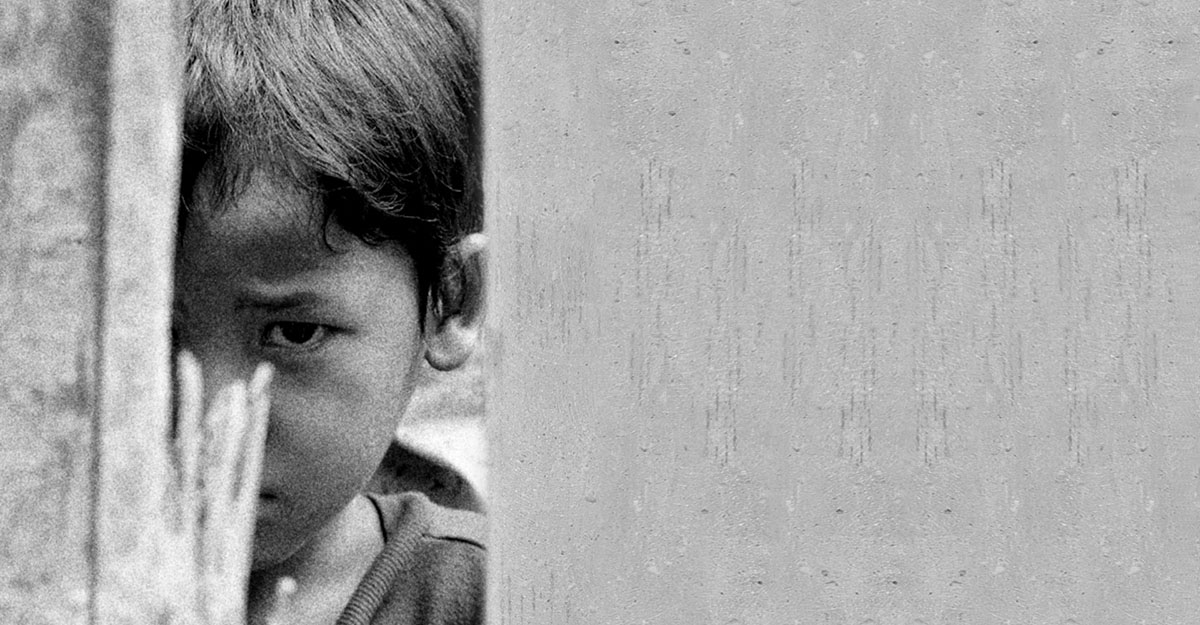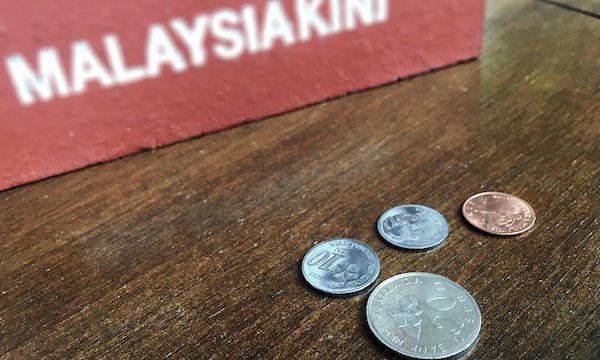
How 36 sen can give you an independent, unvarnished view of Malaysia
“Aren’t news free?”
That’s most likely the first question you asked yourself when you were asked to subscribe to Malaysiakini.
How 36 sen can give you an independent, unvarnished view of Malaysia

Advertising isn’t enough
There was a time when media companies – newspapers, radio, television – would earn the bulk of advertising revenues in a country. However, with the Internet media, most revenues go to platforms or technology companies like Google and Facebook. Good journalism is about journalists reporting news and views that matter. Unless of course, Malaysiakini decides to do stories like “You won’t believe what the cat did today…”

You really get both sides of the story
Malaysiakini is different. Thanks to our thousands of subscribers, we depend less on advertising revenue. Our reporters earn a living without taking sides in the political and business arenas.
We retain our freedom to seek the truth behind every issue. For you deserve to make up your own mind about the matters shaping our nation.

Who finances Malaysiakini? We finance ourselves
The principal shareholders are the co-founders, editor-in- chief Steven Gan and chief executive officer Premesh Chandran. Together they own just over 60 percent of Mkini Dotcom Sdn Bhd, the company behind Malaysiakini.com.
About 11 percent is owned by Malaysiakini staff, while 29% percent is owned by venture capital Media Development Investment Fund.

No tycoon owners with own agendas
There are still some people left in Malaysia who won’t sell out for an excessive amount of ‘moolah’. Both Steven and Prem believe Malaysiakini is mission driven, and not a money-making business.
Check out Malaysiakini’s reporting and you’ll find out how independent we are. We report news as they were meant to be, without taking into consideration whether they benefit the opposition or ruling parties.

With great technology comes great savings
What’s 36 sen compared to the RM1.50-RM1.80 you pay for your daily newspaper? We understand the burden you face with the rising costs of consumer goods (we feel it too). So let’s keep you informed at an affordable rate.
Where will you be when history happens? Do you wait for tomorrow morning’s newspaper to hear all about it or log on to Malaysiakini via your mobile and tablet? We report and publish right here, right now, 24 hours a day.

The complete picture
You get videos, podcasts and infographics of the news instantly via Malaysiakini. That’s not all. Want the backstory for an article? Tap on the report’s links or ‘Related Articles’ section on our portal.
Our reporters are there for you – whether it’s political party general assemblies, protests, gatherings and unfortunate incidents such as bombings and hostage crises. Just refresh our live feed every few minutes, and you’ll receive the latest update with detailed descriptions, photos and videos.

Spark online conversations
Malaysiakini subscribers can comment on every article they read. It’s the biggest online kopitiam ever, where you can discuss national matters with online peers.
Every Malaysiakini article can be shared via Facebook, Twitter and other social media platforms. We have almost over three million Facebook fans and almost one million Twitter followers, whom you can interact with.









